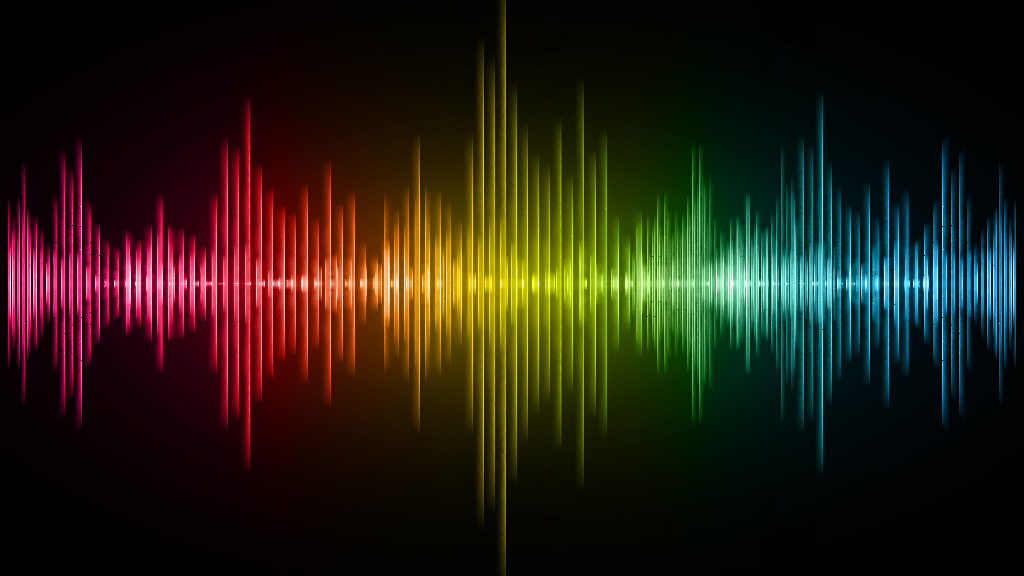What Is an Immersive Soundscape?
Close your eyes and listen. The distant hum of traffic, the birds outside your window, the rhythm of your own footsteps. Together, these sounds create more than background noise. They form a soundscape the acoustic environment that surrounds us and shapes how we experience the world.

Soundscapes are not just natural phenomena. In design, they are a deliberate tool for creating immersive environments, guiding behavior, and shaping brand identity. For companies working at the intersection of design and technology, understanding soundscapes is no longer optional. It is essential.
The Definition of a Soundscape
At its simplest, a soundscape is the collection of sounds that exist in a given space, both natural and human-made. The term was popularized by composer and environmentalist R. Murray Schafer, who explored how sound environments influence human experience. Today, the definition extends beyond ecology into urban planning, architecture, and product design.
In branding and user experience, a soundscape refers to the intentional use of sound to create an emotional or functional atmosphere. Think of the curated playlists in a retail store, the subtle ambient tones in a wellness app, or the engineered hum of an electric vehicle. These are designed soundscapes — immersive audio environments created with purpose.
Why Soundscapes Matter
Sound is visceral. It influences mood, perception, and memory in ways that visuals alone cannot. A well-designed soundscape can:
- Create immersion: Transporting people into another place or state of mind, whether in a VR headset or a hotel lobby.
- Guide behavior: Encouraging calm in a healthcare environment, focus in a workspace, or excitement in a stadium.
- Strengthen brand identity: Reinforcing who a company is through sound, just as logos and color palettes do visually.
Without thoughtful sound design, experiences feel incomplete. Imagine a film without a score or a meditation app without calming tones. The absence of an intentional soundscape leaves a gap that users often feel, even if they cannot name it.
Soundscapes in Practice
Examples of immersive soundscapes are everywhere:
- Museums and cultural spaces: Layered audio environments that transport visitors to different eras or ecosystems.
- Retail and hospitality: Ambient sound tailored to brand values, from luxury minimalism to energetic trend-setting.
- Digital products: App interfaces that use subtle cues and ambient layers to reduce friction and build trust.
- Urban design: Cities experimenting with soundscapes to reduce noise pollution and improve quality of life.
Each example shows how soundscapes move beyond aesthetics into strategy. They are not only about what sounds good, but about what feels right for a space, a product, or a brand.
Our Perspective
At CMoore Sound, we see soundscapes as one of the purest expressions of audio design because they demonstrate how deeply sound shapes human experience. Designing them requires both craft and empathy. It is not about filling space with noise, but about curating an environment where every element serves a purpose.

A successful soundscape should disappear into the background while still influencing how people feel and act. It should create immersion without distraction. The most effective soundscapes become part of memory and association, linking emotion with brand identity in ways that last.
Designing the Future of Soundscapes
As technology continues to evolve, soundscapes will only grow in importance. From virtual reality and AI-powered assistants to smart cities and electric mobility, immersive sound is becoming a core part of how we live and work. Brands that recognize this are building deeper connections with their audiences, while those that ignore it risk being forgotten.
The question is not just what is a soundscape, but how organizations can design them with intention, so every interaction feels immersive, memorable, and on-brand.
CMoore Sound specializes in creating soundscapes that go beyond function, building audio environments that strengthen brand experiences. Shape how people connect with your brand, technology and space. Let’s talk.